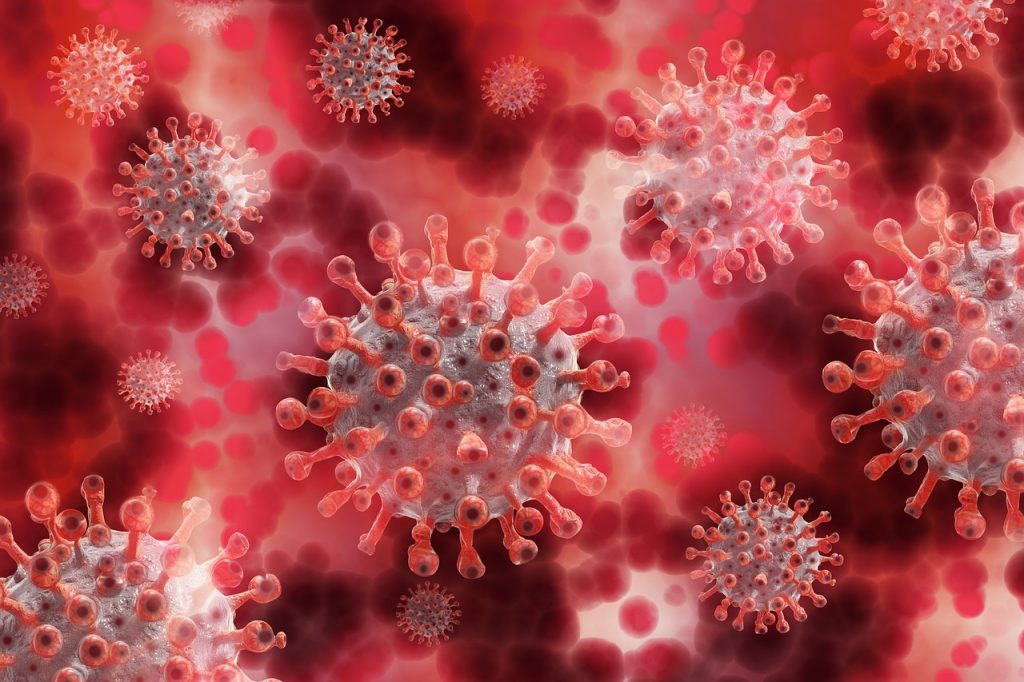WHO Issues New Monkeypox Warnings
Emerging reports of monkeypox cases across the world has prompted the World Health Organization to issue new warnings.
This article is more than 2 years old

Two years into a neverending pandemic, the World Health Organization has recognized a new health warning. A virus known as monkeypox has slowly spread throughout the world but is not expected to be as lethal as COVID. A premier monkeypox expert at World Health Organization’s stated that it’s unlikely this disease will lead to the next pandemic.
There is plenty of information epidemiologists don’t know about the monkeypox virus and how it’s spread. Scientists are also attempting to figure out if the smallpox vaccines administered decades ago have had a hand in accelerating monkeypox transmission. The WHO has recently released crucial facts about the disease spreading across America and how to identify the virus.
First off, everyone has a potential risk of contracting monkeypox no matter their sexual orientation, race, or nationality. Experts have found that the global majority of cases so far have been found in LGBTQ+ men. Scientists continue to study this outcome and intend to figure out more about this particular disease’s transmission and incubation cycle. Today, more than 23 countries that hadn’t reported monkeypox in individuals over the last year have more than 250 current cases. It’s still unclear if monkeypox is transmitted primarily through sex or close contact. Regardless, monkeypox has been regarded as low-risk by the WHO and plans to gather more information about the virus before deeming it a global threat.
On Monday, Dr. Rosamund Lewis, a technical lead on monkeypox for WHO, held a public session about the virus and its transmission. Besides the possibility of transmission through sex and close contact, Lewis also added that monkeypox could be spread through an undiscovered mode. The virus could be “exploiting a new mode of transmission,” which has yet to be uncovered by scientists. But Lewis did emphasize that close, physical contact between individuals is a definite way for the virus to spread. The virus can also be contracted by touching an infected person’s clothing or bedspread.
Monkeypox reveals itself in a person from a few critical symptoms. The first symptoms one experiences are upper-respiratory pain and inflammation or general flu-like ailments like a fever. Some people’s symptoms will transform into lesions or rashes around the hands, face, feet, mouth, and/or genitals. The inflammation will produce reddish bumps around the inflamed areas. Unfortunately for the infected individual, monkeypox could last anywhere between two to four weeks, and one must avoid close contact with others to stop the virus’s spread.
WHO was able to track some of the monkeypox’s recent spread in various countries worldwide. Outbreaks occurring in Europe, U.S., Israel, and Australia were likely linked to sexual encounters. Over the last month, outbreaks in Spain and Belgium have been tied to two prominent raves. The World Health Organization is still attempting to curtail this viral upsurge by doing more contact tracing and getting to the bottom of monkeypox’s different modes of transmission.
Monkeypox bares a genetic similarity to the extinct smallpox virus. Once smallpox was no longer an issue in 1980, immunizations were no longer required or widely accessible. Experts believe that the failure to keep inoculating the public with a smallpox vaccine has left the world vulnerable to its viral mutations.



